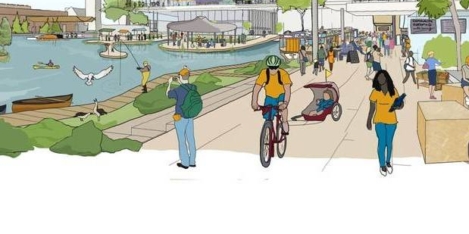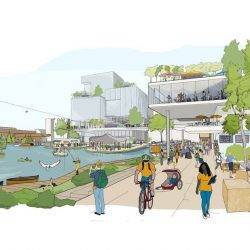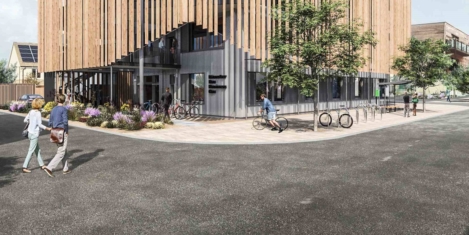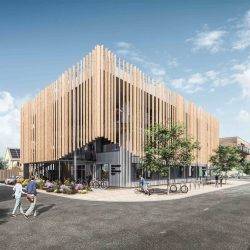December 28, 2017
The most read workplace stories from the last twelve months
One of the greatest joys of online publishing is the opportunity it offers to reflect on the demonstrable preoccupations and interests of an informed audience. We can see what professionals see as the most important issues they face by what they read in the UK’s most widely read publication in its field. It’s especially heartening to see that those do not include the usual glib misdirections about Millennials, gimmicky office design, robots, open plan and ‘trends’ that have been more or less commonplace for years. We can leave those to others. Instead you have been seeking out stories that challenge the lazy mainstream narratives, reflect the reality of the endlessly shifting landscape of work, understand the challenges involved and retain a focus on the human beings at the centre of it all. So, here are the ten most read pieces from Workplace Insight published over the past 365 days. (more…)


























December 14, 2017
How designers copy nature to create new and extraordinary forms
by Charles Marks • Comment, Workplace design
Humans have a long track record of turning to Nature for inspiration. When Leonardo da Vinci turned his mind to the challenge of acquiring the power of flight for mankind, his sketches show he believed the solution lay in mimicking the form and function of bat wings. We’ve learned a lot about aerodynamics since the fifteenth Century but nature continues to provide a blueprint for the way we design materials and structures. Researchers at the University of Alabama have recently won a grant from the US National Science Foundation to explore how the scales on the wings of butterflies (pictured) help the creatures to fly in the hope that it will help engineers design better and more efficient aircraft.
(more…)